 Hot Stamper Pressings that Sound Their Best on the Right Reissue
Hot Stamper Pressings that Sound Their Best on the Right Reissue
Records We’ve Reviewed that Sound Their Best on the Right Reissue
This early Shaded Dog pressing of the 1958 recording has surprisingly good sound on side two. On the second side the sound opens up and is very sweet, with the violin becoming much more present and clear.
The whole of side two is transparent with an extended top. Usually the earliest Living Stereo titles suffer from a lack of top end extension, but not this one.
Maybe the 1s is also that way. For some reason audiophiles tend to think that the earliest cuttings are the best, but that’s just more mistaken audiophile thinking if our experiencecan serve as any guide, easily refuted if you’ve played hundreds of these Living Stereo pressings and noted which stampers sound the best and which do not.
The 1s pressings do not consistently win our shootouts.
About half the time, maybe less would be my guess.
Of course, to avoid being biased, the person listening to the record doesn’t know the stamper numbers, and that may help explain why the 1s loses so often.
If you are interested in finding the best sounding pressings, you have to approach the problem scientifically, and that means running record experiments.
Practically everything you read on this blog we learned through experimentation.
When we experimented with the Classic Records pressing of LSC 1903, we were none too pleased with what we heard. Our review is reproduced below.
The Classic reissue of LSC 1903 was a disaster: shrill, smeary and unmusical.
(In a recent commentary we went into some detail about Bernie Grundman’s shortcomings as a mastering engineer for those of you who might be less familiar with his more recent work. He was great in the ’70s, but the work he did in the ’90s leaves a lot to be desired.)
The best Heifetz records on Classic were, if memory serves, LSC 2734 (Glazunov), LSC 2603 (Bruch) and LSC 2769 (Rozsa). They aren’t nearly as offensive as the others. If you can pick one up for ten or twenty bucks, you might get your money’s worth depending, I suppose, on how critically you listen to your classical records and how revealing your system is.
My guess is that the CDs are probably better sounding. That’s probably the first place to go, considering Classic’s track record and the fact that CDs are cheap now because nobody wants them anymore.
If you must have Heifetz’s 1958 performance, our advice is to buy the CD.
We know for a fact that the Living Stereo CD of Reiner’s Scheherazade is dramatically better than the awful Classic Records pressing of it, TAS Super Disc Listing or no TAS Super Disc Listing.
As you may know, Classic is a label which we found very hard to like right from the beginning. We like them even less now. They may have gone out of business but their bad records are still plentiful on ebay and you can actually still buy some their leftover crap right from the world’s biggest retailer of bad sounding audiophile records, Acoustic Sounds.
If you don’t care how bad your records sound, Chad Kassem is your man.
And if you do decide to buy some of these Classic Records reissues, chances are good they will be pristine.
(more…)
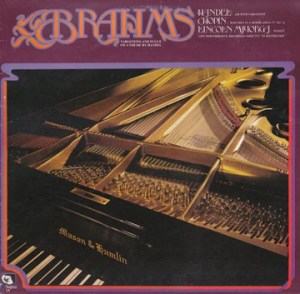
 More Columbia Classical Recordings
More Columbia Classical Recordings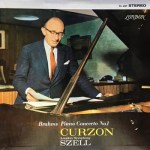
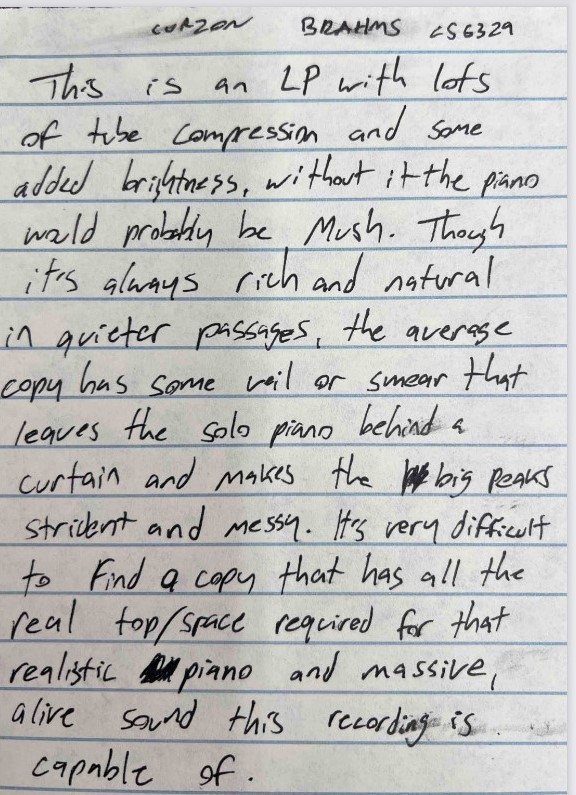
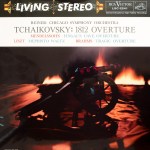


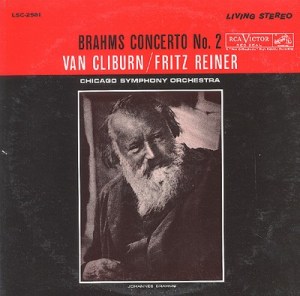

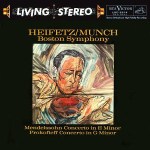 Hot Stamper Pressings Featuring the Violin
Hot Stamper Pressings Featuring the Violin